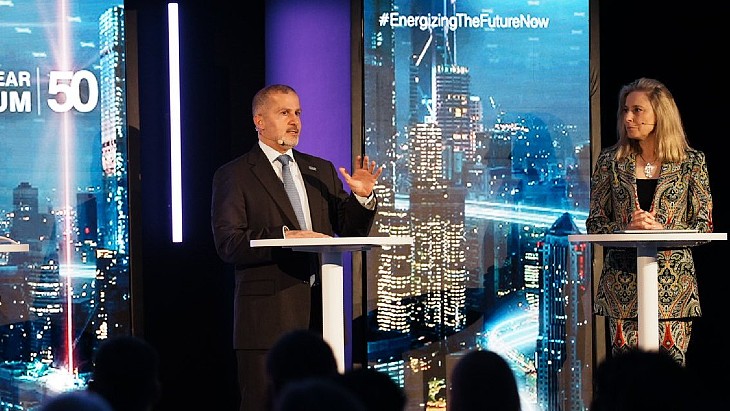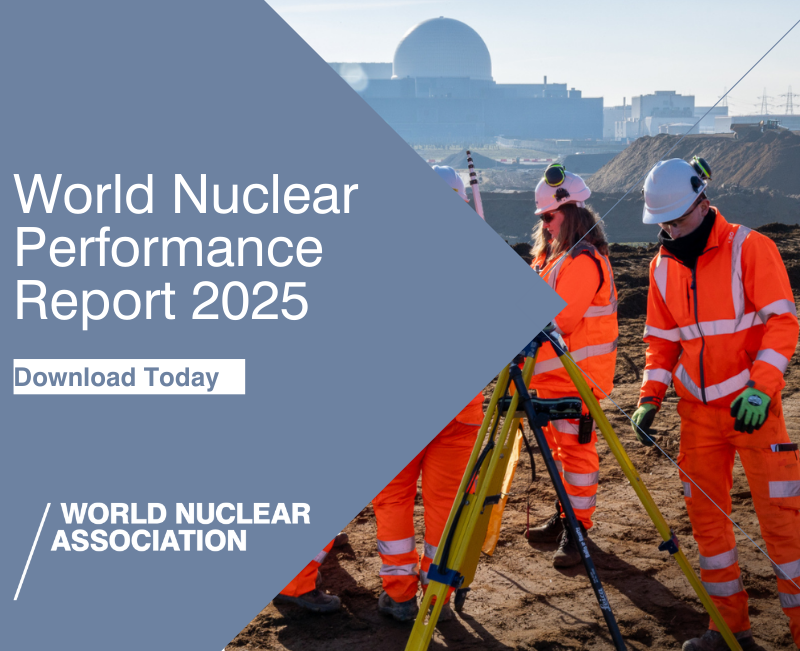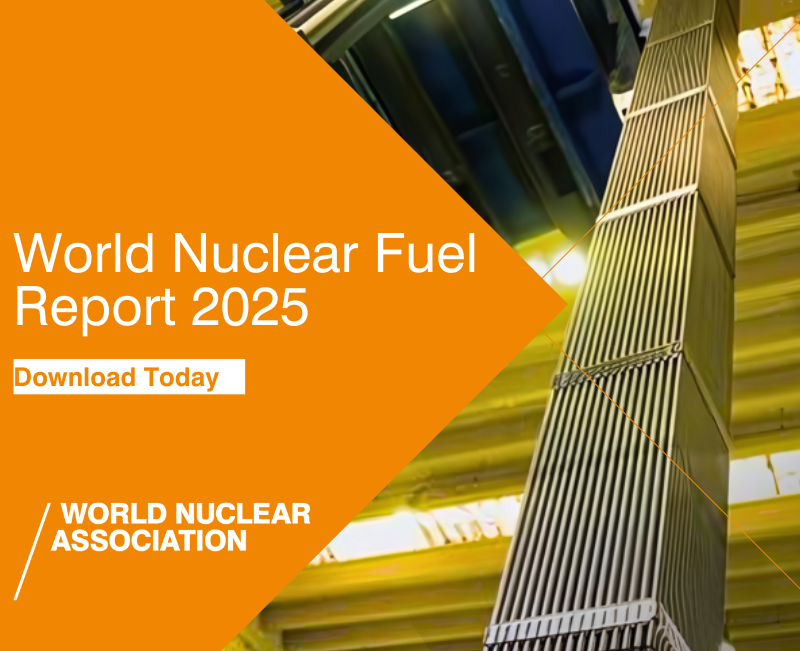An earlier version of this story, entitled Two up, two down omitted to mention the Hamaoka units that were officially retired last year. WNN wishes to extend its thanks to the readers that pointed out this error.
Only two new nuclear power reactors began operation in 2009, although only four were closed. Work on 11 new units, however, signals serious growth for coming years.
The addition of more active construction projects - nine in China, one in South Korea and one in Russia - takes the total number of reactors currently under construction to 54, according to the World Nuclear Association.
The trend is similar to that in 2008, when there were no new reactors brought into service but ten construction starts. Given build times of four to six years, this means around one new large reactor per month should be starting up around 2014. The coming year is expected to bring around eight new reactors as well as the return of two more after refurbishment.
Closures included shutdowns at France's Phenix, a prototype fast reactor which produced 233 MWe, and Lithuania's Ignalina 2 which produced 1185 MWe but has been closed early as a condition of EU entry. The two oldest reactors at Japan's Hamaoka plant that had been out of action for several years were officially retired after a decision to replace them rather than upgrade to meet heightened earthquake resistance requirements. Their withdrawal took 515 MWe and 806 MWe from global nuclear capacity.
The two new reactors of 2009 were Tomari 3 in Japan and Rajasthan 5 in India, both connected to the grid in December. Respectively they added 866 MWe and 202 MWe.
More capacity additions from uprates of existing reactors around the world added 808 MWe, the end result being a significant net decrease in nuclear capacity of 863 MWe to 372,491 MWe.
Researched and written
by World Nuclear News




_18570.jpg)
_16159.jpg)
_49205.jpg)
_18938.jpg)





